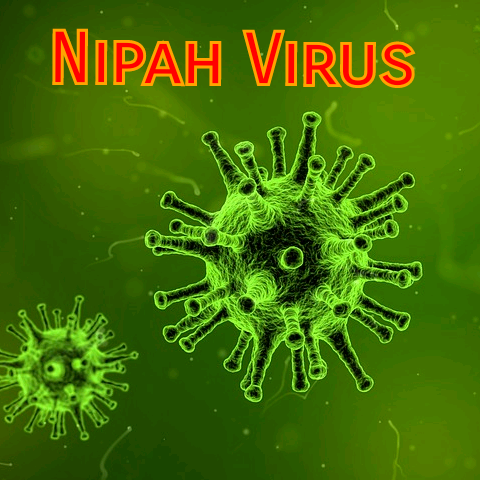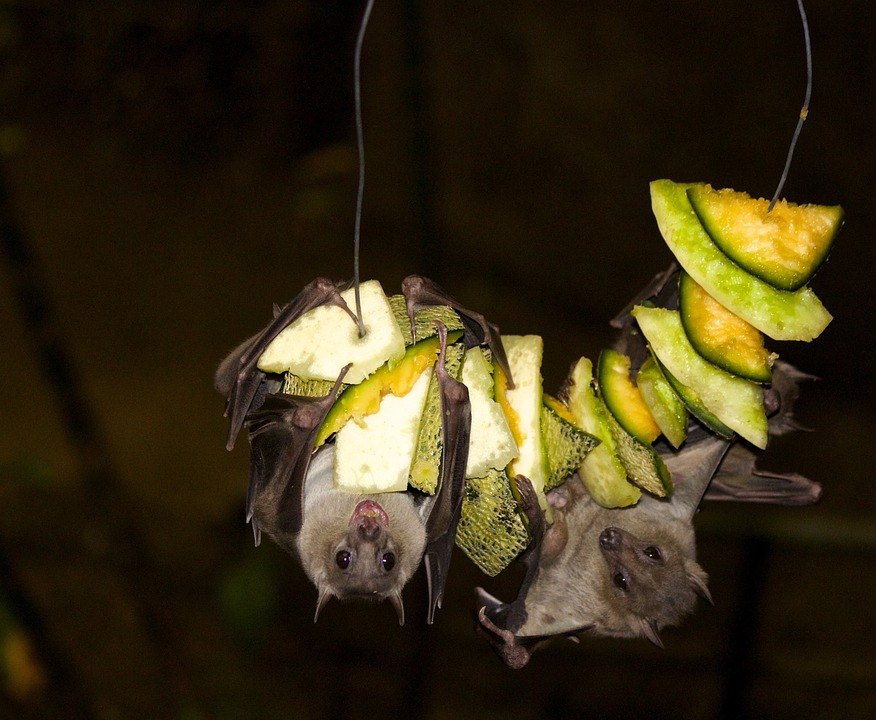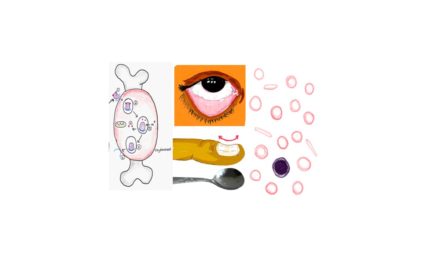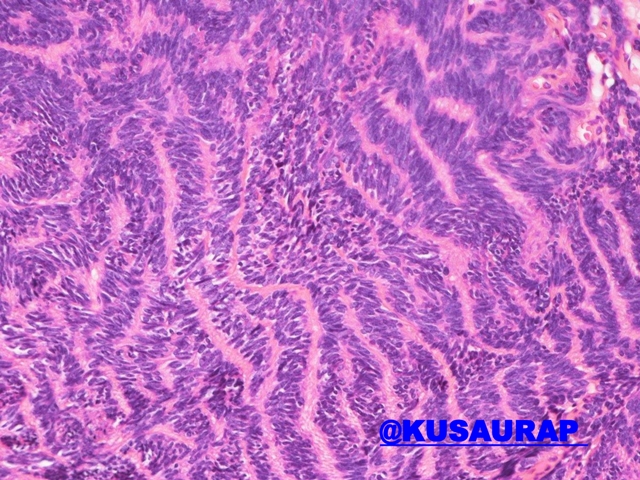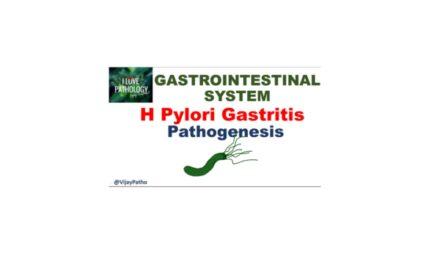What is Nipah Virus infection?
Nipah virus (NiV) infection is a zoonosis which has come to light recently. Nipha virus is a single stranded RNA virus belonging to family Paramyxovirus. Zoonosis are, diseases which can be transmitted between animals and humans.[1]
What is the natural host Nipah Virus infection?
The natural host of this disease is a fruit bat.
When was Nipah Virus infection first identified?
In 1998 at Kampung Sungai Nipah, Malaysia, this deadly Nipah Virus disease was first identified. The clinical symptoms were that of the respiratory illness and encephalitis. The disease was seen mostly with people who were pig farmers, and it was later identified that pigs were the intermediate hosts.
Later in the year 2001 and regularly thereafter for years, many outbreak of this disease occurred in Bangladesh. The disease occurred in people who had consumed sweet sap from the date palm, which was later found that the date sap was contaminated by the secretions of the fruit bat.[2]
What is the scenario of Nepah Virus infection in india?
Three major outbreaks of Nipah virus infection in india occurred in the year 2001, 2007 and 2013 where the number of deaths and the case fatality rates were high.[3]
In May 2018, another outbreak of Nipah virus infection is confirmed in Kozhikode, kerala and the alert from the health ministry is issued to monitor the situation.
How is Nipah Virus infection transmitted?
Nipah Virus is transmitted through direct contact with infected pigs, or consumption of contaminated date sap. rarely it has been found that the transmission can occur through infected humans.
What are the signs and symptoms of Nipah virus infection?
The presenting symptoms of Nipah virus infection appear after 5-14 days after exposure to Nipah virus. These include fever, headaches, tiredness, generalized body ache, cough, difficulty in breathing, drowsiness, alteration in mental status and finally can progress to coma rapidly.
How is Nipah Virus infection diagnosed?
The Nipah virus infection can be diagnosed by demonstration of antibodies in the serum.
The definitive diagnosis is by isolation of virus. Throat swabs, cerebrospinal fluid, Nasal swabs can be taken and subjected to polymerase chain reaction for isolation of virus.
What is the treatment for Nipah virus infection?
Presently there is no antiviral treatment for Nipah virus infection. Nor there is any vaccine for humans or animals. The treatment is only supportive. This disease has high fatality rates ranging form 40-75% [4]
Favipiravir (T-705) purine analogue antiviral, is found to inhibit the viral replication in animal models [4] However, this is not tried in humans.
How can Nipah virus infection be prevented?
Presently, the only way to prevent Nipah virus infection is to avoid contact with infected animals and to avoid fruits /date sap contaminated with secretions of infected animals.
Person to person transmission is also biologically possible and it is proved in some places but not in all outbreaks. [5] However, in densely populated areas, the possibility is high and can create a major public health problem.
Note: the above images are for illustration purposes only
Further reading
1. http://www.who.int/csr/disease/nipah/en/
2. Rahman MA, Hossain MJ, Sultana S, Homaira N, Khan SU, Rahman M et al. Date palm sap linked to Nipah virus outbreak in Bangladesh, 2008. Vector Borne Zoonotic Dis. 2012 Jan;12(1):65-72
3. Kulkarni DD, Tosh C, Venkatesh G, Senthil Kumar D. Nipah virus infection: current scenario. Indian Journal of Virology. 2013;24(3):398-408. doi:10.1007/s13337-013-0171-y.
4. Dawes BE, Kalveram B, Ikegami T, Juelich T, Smith JK, Zhang L et al. Favipiravir (T-705) protects against Nipah virus infection in the hamster model. Sci Rep. 2018 May 15;8(1):7604. doi: 10.1038/s41598-018-25780-3.
5. Gurley ES, Montgomery JM, Hossain MJ, et al. Person-to-Person Transmission of Nipah Virus in a Bangladeshi Community. Emerging Infectious Diseases. 2007;13(7):1031-1037. doi:10.3201/eid1307.061128.

